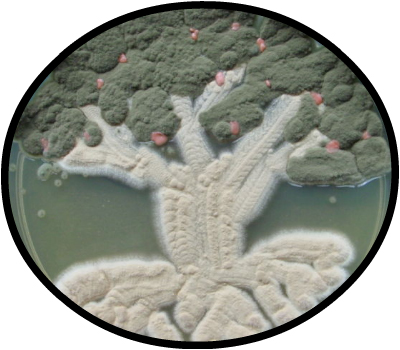Normally the Des Moines Register is pretty good about getting their facts straight when it comes to crop breeding and genetic engineering. After all of the major newspapers left in this country, their readership is probably the most likely to catch any slip ups.
So I was surprised when reading a story about a small breeder who’d developed soybeans resistant to nematodes to find this:
The seed industry has battled the parasite in the usual way, with genetically modified seeds designed to resist the parasites. As has happened in the age of genetic engineering, the nematodes* gradually evolve to overcome the biotech resistances.
I have no idea where Dan Piller, the author of this piece, got this information. Unlike new media outlets like blogs, newspapers don’t ever have to cite sources, the assumption being that they’re reliable enough to be taken at their word. But I defy the Register in general, Dan Piller in particular, or any of the people already linking to this piece to name a seed company currently selling seed genetically engineered to resist nematodes. It would be a very beneficial trait. When I worked at the Danforth Center, Chris Taylor was studying how nematodes interact with their prey. I’m also told Monsanto recently announced that they have been working on nematode resistance using RNAi (though I couldn’t find any internet sources to back that up). Even so that’s a trait still in development, and this article gives the impression transgenic nematode resistance has already been commercially sold and failed.
That said, nematode resistant soybeans would be a Very Good Thing™ regardless of whether the resistance is the result of transgenes or conventional breeding. Nematodes are a big problem for yield. However, whether the trait is transgenic or non-transgenic, any single resistance trait will eventually be overcome by the continued evolution of whatever organism it is protecting against. One of my plant breeding instructors in undergrad said that a good resistance allele (talking about conventional breeding, not genetic engineering) is one that protects a crop from a disease or pest for a decade after the trait becomes widely available.
That window can be stretched with proper care. Bt crops that resist against specific insect pests have been on the market for ~15 years and the development of resistant insects has been slowed planting refuges of non-resistant crops.
*Nematodes are microscopic worms that live in the soil. They latch onto the roots of crops (and other plants) and suck out nutrients. They’re the plant equivalent of tapeworms. With all that energy going to feed parasites, plants have less energy left to … well produce food for us humans.




